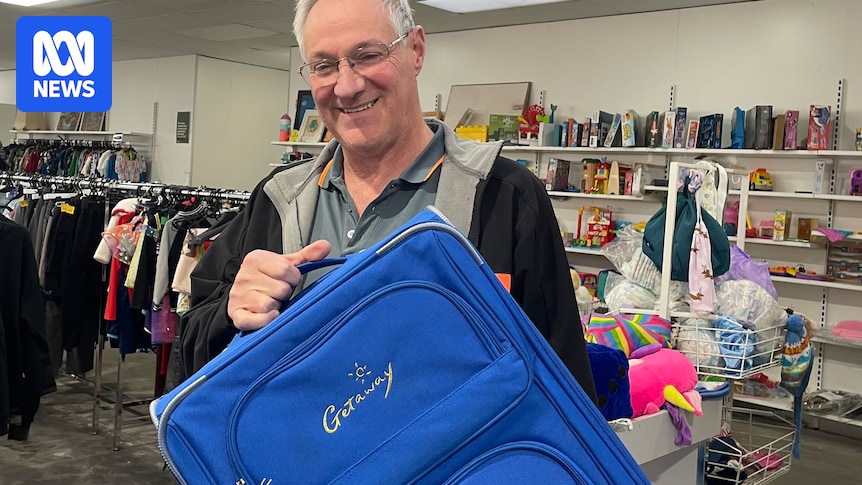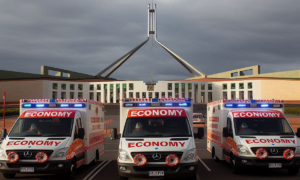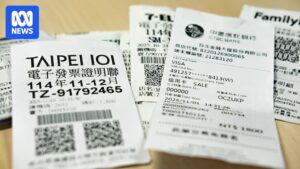
A stroll through any Australian opportunity shop reveals a tapestry of the past, as shelves brim with relics from bygone eras. Brooches, stoles, clutch purses, and gloves mingle with floral teacups, doilies, and crystal vases, forming a cluttered homage to a generation that weathered two world wars. These thrift stores, stacked with 20th-century crockery, echo a time when the Depression-era ethos of preserving goods for special occasions was ingrained in the post-war generation.
However, by the late 1960s, a cultural shift occurred. The advent of cheap imports, mass manufacturing, and technological advancements ushered in a more casual, convenience-driven lifestyle. Modern families began to discard unwanted items, replacing them with new purchases, transforming decorative wares into the bric-a-brac of thrift stores.
The New Age of Old Stuff
In Stradbroke, recycler Nathan Bruce has dedicated his life to minimizing waste, salvaging items from deceased estates, downsizers, garage sales, and hoarders. Known as “Brucy,” he operates Brucy’s Reclaimed Treasures in Sale, where he upcycles and resells items that might otherwise end up in landfills.
“I recycle everything,” Bruce explains. “From broken bricks to rusty tins, I ensure even a piece of paper finds its way into the right recycling bin. It’s mainly older people downsizing who need help, or families unwilling to assist. That’s where I step in.”
“Silver is not worth much, about $1 a gram. Depending on the gold value, a broken ring can fetch up to $30 to $40 a gram from some jewellers as scrap gold. Copper is about $10 to $11 a kilo, so it all adds up if you have hundreds of pieces together.” — Nathan Bruce
Bruce’s efforts reflect a growing trend among younger generations, who are increasingly driving the second-hand and recycling movement due to environmental concerns and rising living costs. His shop attracts bargain hunters, collectors, and those seeking affordable goods to resell.
The Thrill of the Hunt
In Morwell, the bustling trade in op shops contrasts with the vacant storefronts lining the main street. William Smith, warehouse coordinator at the Lifeline Gippsland thrift store, notes that women’s clothing remains their biggest seller, while men’s clothing is scarce because men tend to wear their garments until they are no longer usable.
“Fast fashion brands like Shein and Temu promote a wear-once culture,” Smith observes. “In op shops, shoppers have the chance to find quality items at bargain prices.”
“We don’t want junk. When donating, think, ‘Would you buy it from or sell it to a family member?'” — William Smith
Lifeline’s op shops, which support the charity’s crisis and counselling services, also engage in secondary processes. Unsellable items like old towels and blankets are repurposed into rags for the industrial sector, while crockery and bric-a-brac are sold to exporters for the second-hand market in developing countries.
Reduce, Reuse, Recycle, Recover, Repair
East Gippsland Shire Council’s waste minimisation officer, Carina Turner, highlights the progress made in sustainability and the destigmatization of hand-me-downs. Initiatives like repair cafes, tool libraries, and the container deposit scheme have been embraced by communities.
“There’s still a lot going into landfill, but we are keeping more items out,” Turner said. “New technologies allow for mattress springs to be recycled into fencing and polystyrene packaging to be turned into bricks.”
Turner emphasizes that sustainability is increasingly expected in business models, a sentiment echoed by the growing number of consumers prioritizing eco-friendly practices.
As Australia continues to navigate economic pressures, the circular economy thrives, offering not just a nod to the past but a sustainable path forward. The resilience of thrift stores and recycling initiatives underscores a broader societal shift towards valuing resources and minimizing waste.







